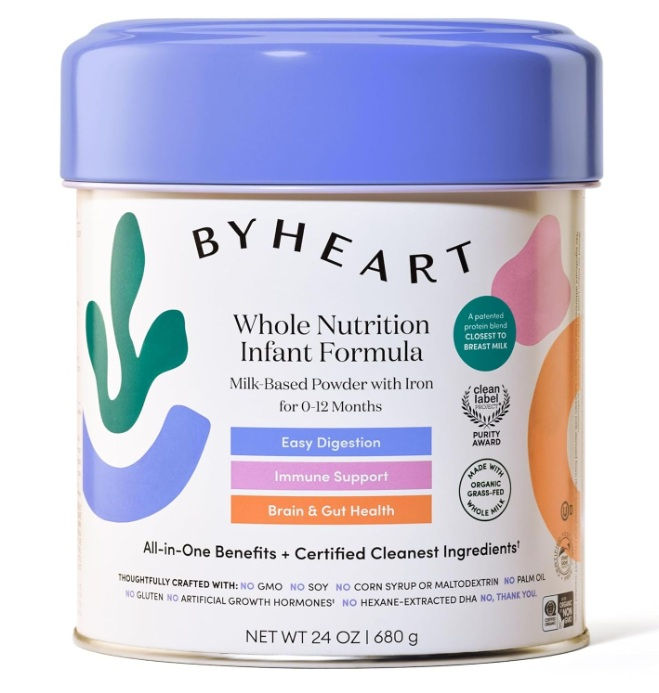Better Food Traceability Can't Wait
- frankyiannas

- Oct 5, 2023
- 4 min read

I recently was asked to write the Forward to a report titled 'Food Traceability: Current Status and Future Opportunities' issued by the Council for Agricultural Science and Technology (CAST) and the Institute of Food Technologists (IFT).
Below is my Forward and what I had to say about the topic. Please take a look, get involved, and thanks for reading. Better food traceability can't wait.
------------------------------------------------------------------------------------------------------------------------
FOWARD by Frank Yiannas
Over the past five years, I had the honor and privilege of serving under two different administrations as the Deputy Commissioner for Food Policy and Response at the U.S. Food and Drug Administration (FDA), a position I held from 2018 to 2023, after spending 30 years in public health leadership roles for two industry giants: Walmart and the Disney Company. It’s because of these experiences, both public and private, that I’ve often said that while today’s modern food system is impressive, it does have an Achilles heel – a lack of food traceability.
People often talk about the food supply chain, but in reality, it isn’t a chain at all. The food system today—the way we get our food from farm to table—has evolved into a complex, decentralized, and distributed network that is interdependent on many entities including farmers, processors, distributors, grocery stores, foodservice establishments, and more. And while there is no question that today’s food system provides consumers with a more diverse, convenient, and economical source of food, it also presents risks and challenges.
For example, in today’s food system, the output from one ingredient producer could end up in thousands of products on a grocery store shelf. We saw evidence of this during a Salmonella outbreak in 2009, caused by contaminated peanut paste produced by the Peanut Corporation of America (PCA), which lasted for months as suppliers slowly became aware that their products contained PCA’s peanut paste. In the end, nearly 4,000 food items were recalled.
As yet another example, readers may recall an outbreak of E. coli 0157:H7 in the United States in 2006 that resulted in all spinach produced, regardless of source, being pulled from grocery store shelves. This outbreak served as a warning signal of the need for better traceability capabilities within the food system. Fast forward to the Fall of 2018, more than decade later, and yet again the nation was experiencing another multistate outbreak of E. coli 0157:H7 involving leafy greens, this time romaine lettuce. After the CDC and FDA issued advisories directing consumers to avoid eating romaine lettuce, regardless of source, it was clear that not much had changed in the 12 years since the spinach outbreak. Our nation’s food traceability capabilities had not significantly improved or kept up with the digital modernization that has happened in the world around us.
Until recently, there has not been a widely adopted regulatory standard for what and how each segment of the food system should track and record data for food traceability purposes. Therefore, the current system has been limited to traceability capabilities that are often described as “one step forward and one step back” without much specificity.
But things are changing. Because of these limitations, Congress included in the passage of the Food Safety Modernization Act (FSMA) a requirement for FDA to develop a Food Traceability Rule, often to as Section 204 (Additional Record Keeping for Certain Foods). On November 15, 2022, the FDA published the final version of its Food Traceability regulation. The rule’s enforcement date is January 20, 2026.
The main elements of the rule, which you will learn about in this paper, are the establishment of Key Data Elements (KDEs), Critical Tracking Events (CTEs), a Food Traceability Lot Code, as well as a List of Foods that will require these additional data keeping requirements. I’ve personally described the establishment of these standards as the equivalent of creating a universal language of food traceability.
The benefits of a more traceable food system are obvious and it’s more than mere containment. First, being able to trace a contaminated food to its source in the midst of an outbreak allows a culprit food to be identified earlier in an epidemic curve, allowing the food to be pulled from commerce, thus, preventing additional illnesses. This is a form of prevention, albeit secondary prevention. In addition, it enhances our ability to needlessly affect the livelihood of food producers whose products are unaffected. Second, enhanced traceability allows public health officials to identify an affected food product involved in outbreak sooner, thereby, allowing a more timely and relevant root cause investigation to take place that could strengthen our ability to prevent future, similar, recuring outbreaks. Again, this would also strengthen prevention. Lastly, better food traceability ultimately results in greater transparency and numerous behavioral science studies have shown such how powerful a force transparency is to inhibiting undesired behaviors and influencing conformance to more desired behaviors and outcomes.
Lastly, the cost benefit analysis of FDA’s final Food Traceability Rule demonstrates that there is a favorable return on investment, from a public health perspective alone, on better food traceability. When you consider other features, such as the potential to enhance supply chain efficiencies, reduce food waste, and improve sustainability, the public health and business case are undeniable.
In closing, better food traceability can’t wait. Our ability to provide safe, affordable, and sustainable food for this generation and the next depends on it.
---------------------------------------------------------------------------------------------------------------------------
The entire report can be found here.








Comments